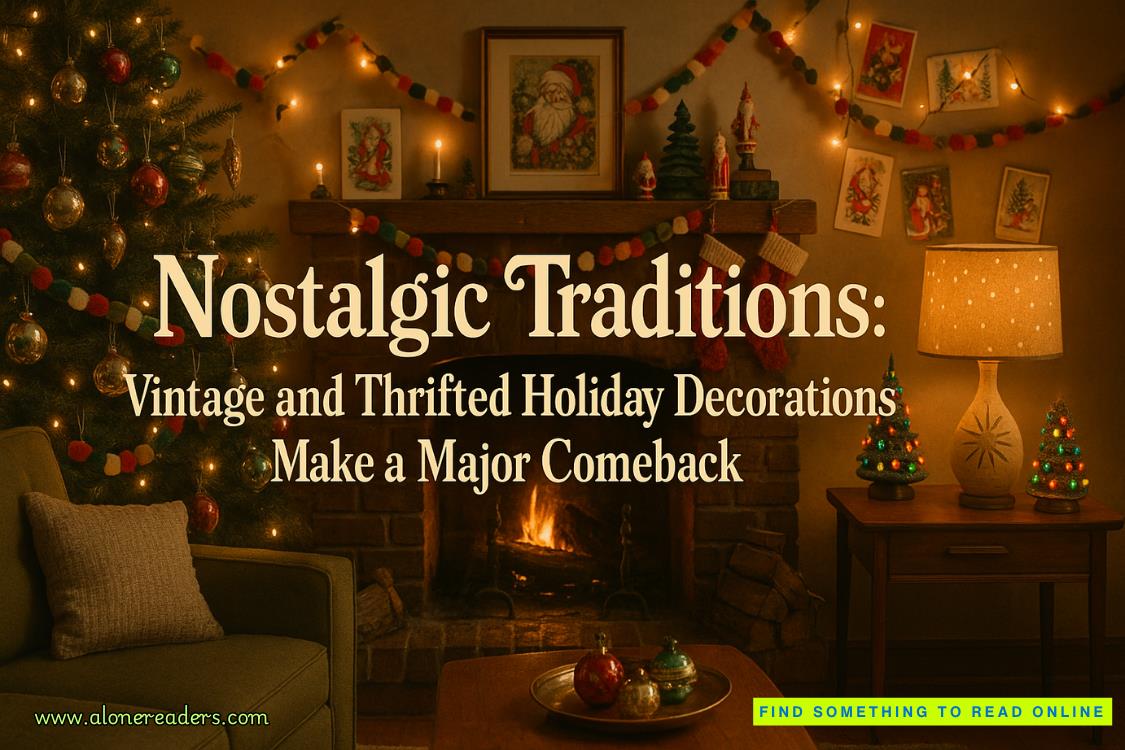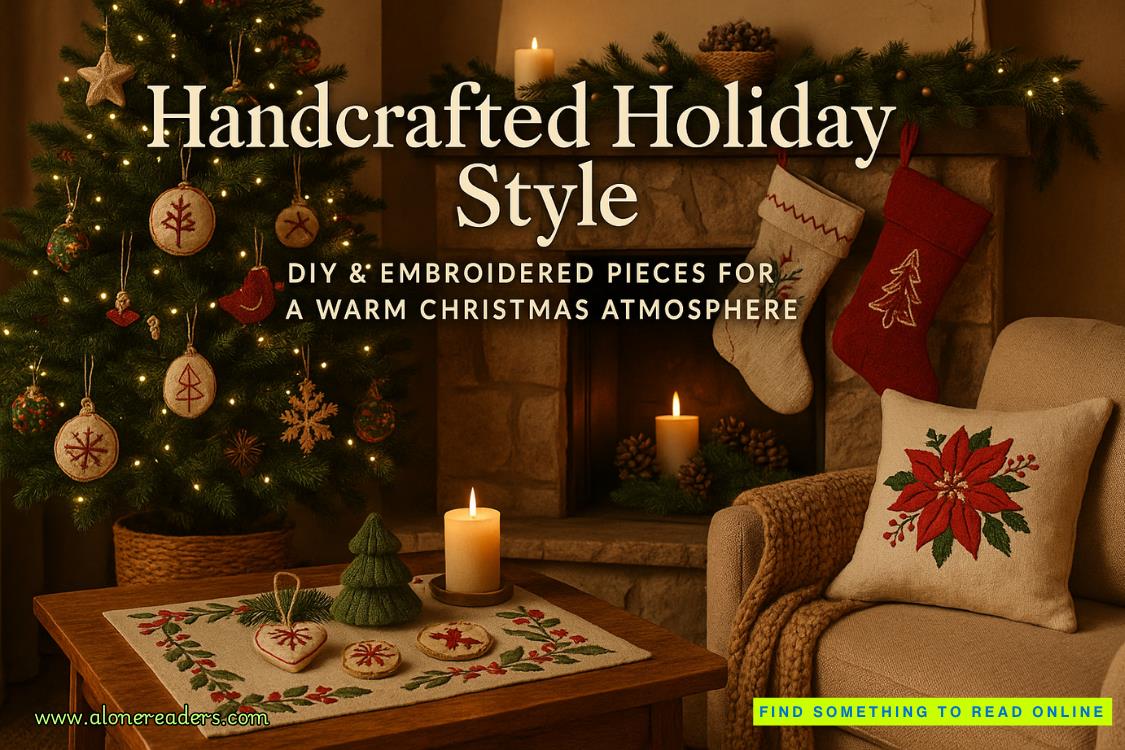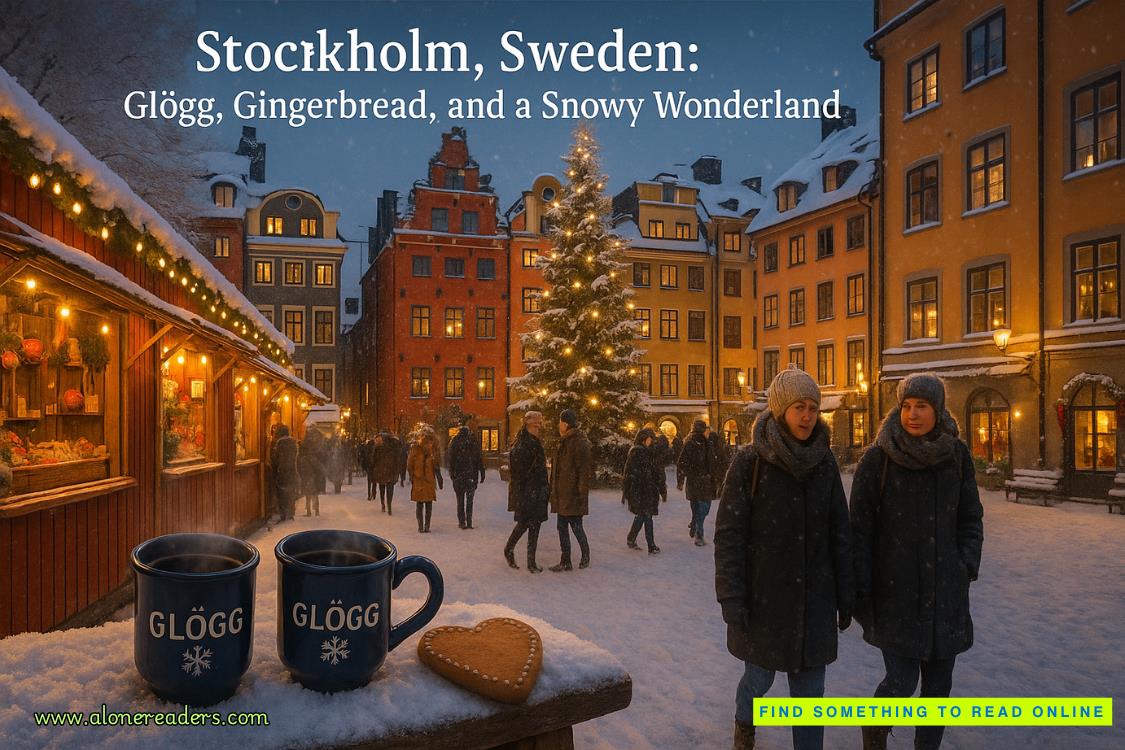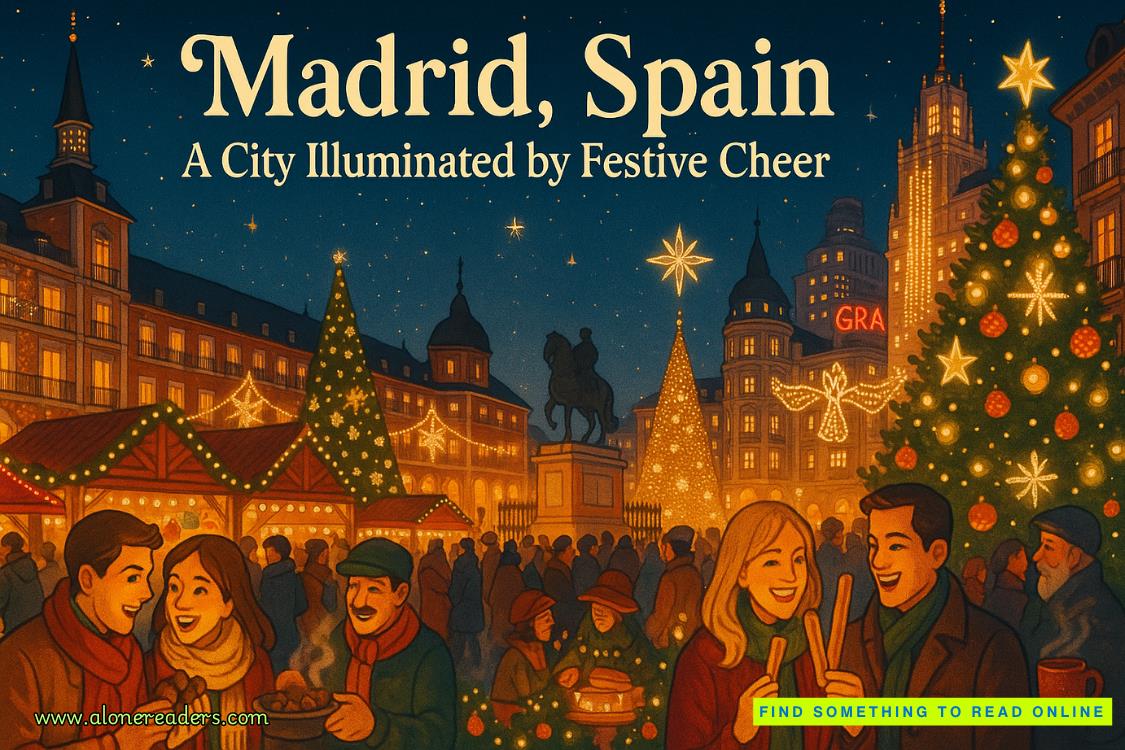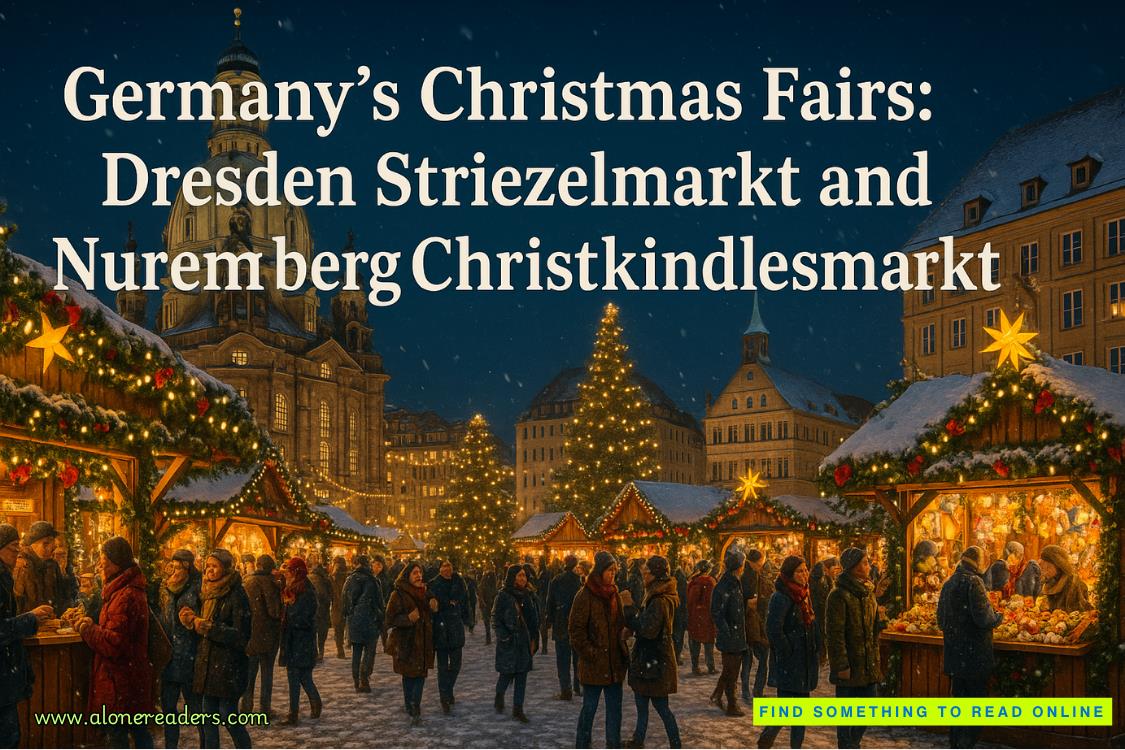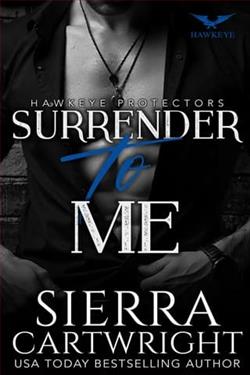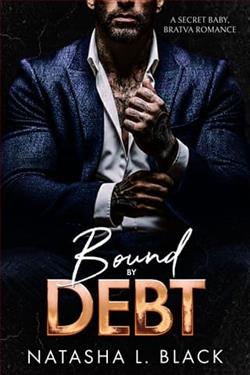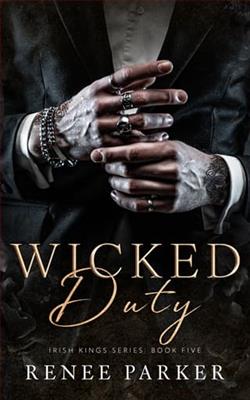Page 82 of Countess So Shameless (Scandal in London 1)
Cendrillon (F) – Cinderella
Cochon (F) – Pig
Corna (I) – A hand sign thought to ward against the evil eye
Décolletage/Décolleté (F) – The female chest area or cleavage
Deshabillé (F) – A state of undress
Fête champêtre (F) – Outdoor party/country feast
Fichu (F) – A lace neckerchief worn to cover the low décolleté, more for modesty than for warmth, usually tucked into the bodice or held with a clasp in front
Fin (F) – The end
In flagrante delicto (I) – In the act
Jamais! (F) – Never!
Je ne suis pas aveugle, Maman! (F) – I am not blind, Mama.
Jover (E) – A London manufacturer of fine dueling pistols
Jupe (F) – Skirt
Kensington House (Kensington Palace) (E) – A royal residence set in Kensington Gardens in the Royal Borough of Kensington and Chelsea in London, England. It has been a residence of the British Royal Family since the seventeenth century. The last reigning monarch to use Kensington Palace was King George II.
La marque de la coeur (F) – The heart brand, or mark of the heart
Le Renard (F) – The fox
Les engageantes (F) – Long lace flounces at the lower end of the sleeve
Mais, Louis a insisté (F) – But Louis insisted
Malocchio (I) – The evil eye
Manteau/Mantua (F) – Generic term for the coat-like, open-fronted female garment worn from the late seventeenth century until the French Revolution. The front of the bodice was worn wide open to reveal a richly embroidered stomacher. From the short sleeves protruded those of the chemise, decorated with lace.
Merde (F) – Excrement
Mes amies, préparez à jouer la valse maintenant (F) – My friends, prepare to play a waltz immediately
Minuet (F) – A social dance of French origin for two persons, usually in 3/4 time
Molto bene (I) – Very good
Panniers (F) – The hoop skirt typical of the eighteenth century involving two baskets, one over each hip, to dramatically exaggerate the flare of the hips, allowing for wide lengths of cloth to be displayed
Paste (E) – Simulated gemstone made from rock crystal or glass. Often used to decorate clothes or as a substitute in jewelry.
Primero (E) – A popular sixteenth-century gambling card game
Quadrille (F) – A French square dance in a lively duple time, popular in the eighteenth and nineteenth centuries, danced by four or more couples
&nb
sp; Rotten Row (E) – A broad track running along the south side of Hyde Park in London, leading from Hyde Park Corner to the west, it was established by William III at the end of the seventeenth century. Having moved court to Kensington Palace, William wanted a safer way to travel to the previous St. James’s Palace. He created the broad avenue through Hyde Park, lit with three hundred oil lamps in 1690—the first artificially lit highway in Britain. In its heyday in the eighteenth century, Rotten Row was a fashionable place for upper-class Londoners to be seen.
